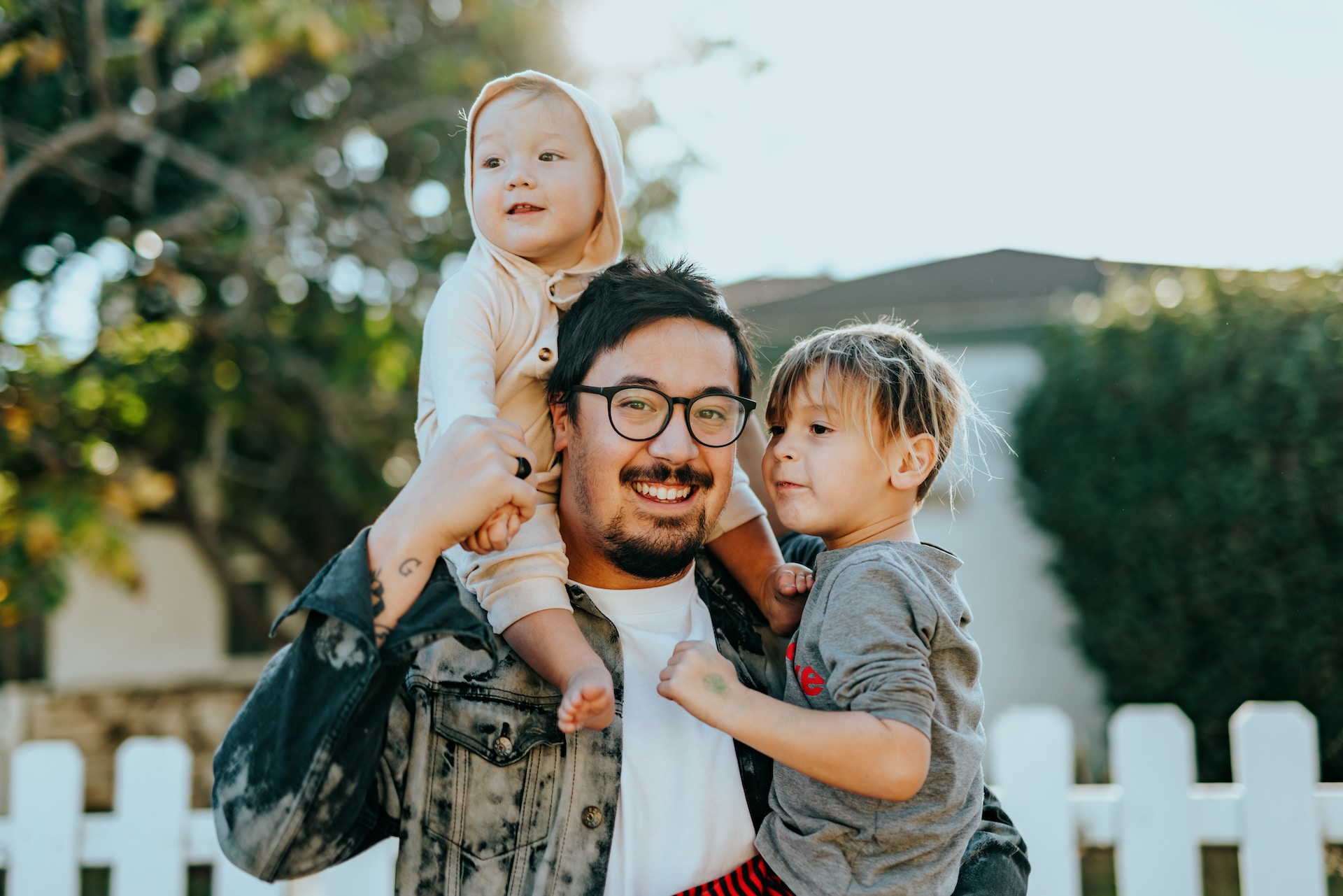In this series, we are learning that anytime someone shares their struggle with anxiety, we need to learn to look beyond the external. We prioritize connection by seeking to be present, seeing them, listening intently, and encouraging them. We recognize that living this out is tough. Pursuing connection requires love, restraint, and intentionality. So how does one listen intently?
Ingredients For Connection
Undivided Attention
Undivided attention is fantastic when we receive it, but it is incredibly hard to get. Our world is blessed to have some of the richest experiences available through modern technology. Information is just a search away. Photo and video production tools are in virtually everyone’s pocket. Music and video streaming to about any device imaginable.
These are just a few examples of the types of immersive technologies available to the masses. The options available are simply too much sometimes. The speed at which these options arrive is almost instantaneous. So how do we, as humans, compete with all of the noise?
Honest conversations are hard when distraction is everywhere. How do we show a person we are listening? What can we do to put others first? As we practice being present and strive to see people, how do we show them we are listening intently?
Listen with your:
- Ears
- Eyes
- Words
- Actions
- Heart
Listening With Your Ears
When most think about listening, the ears often come to mind first. And while ears play a vital role in the listening process for many, the auditory information they collect only tells part of the story. Listening is a whole-body activity, meaning it takes all body parts to listen appropriately. So if ears are only part of the story, what does it look like to listen with eyes, heart, words, or actions?
Listening With Your Eyes
Have you ever had someone tell you they were listening, but their eyes told a different story? If so, you are not alone. The eyes reveal what our minds wish to keep secret. Eyes can show frustration, sadness, anger, embarrassment, deceit, joy, hope, love, and more. They can also communicate how well we are listening to another person.
Look Me In The Eye!
Did you ever know a teacher, coach, or parent who went on and on about eye contact? Their insistence on looking them in the eye may have come across as old-fashioned, but there is sound reasoning behind their request. Our eyes reveal what our words cannot.
Listening Intently – Best Practices
Looking someone directly in the eyes is a meaningful way we communicate we are listening. I am not suggesting we stare the other person down. One should strike a good balance between looking directly at the person, towards the person, and the environment around you. Actively shifting your attention between these three areas communicates we are listening without being creepy.
Sometimes it is helpful to understand what not to do. It is essential that we do not stare off into space, pay too much attention to other conversations around us, or stare at the ceiling or the floor. Each of these scenarios tells the other person something different.
Avoid Unconscious Eye Signals
- Staring At The Floor – My mind is someplace else
- Ceiling – When is this going to be over?
- Listening To Other conversations – I’m bored
Listening With Your Actions
Okay, so you probably get how much our eyes contribute to a conversation, but what about actions? By actions, I mean movements we make with our bodies to show the speaker they have our attention. A head nod or tilt, leaning forward or placing our fist under a chin. These subtle cues indicate to the other person that we hear them.
Listening With Your Words
While it might sound a little ridiculous to listen with your words, it can be one of the best ways to show someone you are listening. We may nod our heads and make eye contact, but how do you know the other person understood? A great way is for the person listening to briefly summarize what they heard. It takes some practice, but it is one of the best ways to reassure the person speaking.
“What I think I heard you say is that …”
“If I heard you correctly, you would like…”
“So what you are saying is that you prefer for…”
“Are you saying that you no longer wish to…?”
Listening With Your Heart
Admittedly the title sounds a bit cliché, but the intent behind it is 100% authentic. As we strive to be present and see people, none of these ways of listening intently matters if our heart is not in the right place. While you are listening to a friend or family member share their heart, check the motivation of your heart. Listen with the intent to serve them.
The Impact Of Community
You have no idea how much you can impact the life of a friend living with anxiety. God can and will use your small act of loving through listening to heal what is broken. Your family member may feel a little less alone in the battle. This conversation may be the one thing that gets them through a terrible day.
Connect
One of the worst parts of living with anxiety is doing it alone. So take time to practice being present, and open up your heart to see people. Dig into the hard conversations by actively showing you are listening. All of these things create the opportunity for a lasting connection. We know that connection can make a difference. Be the difference in your friend’s day!


